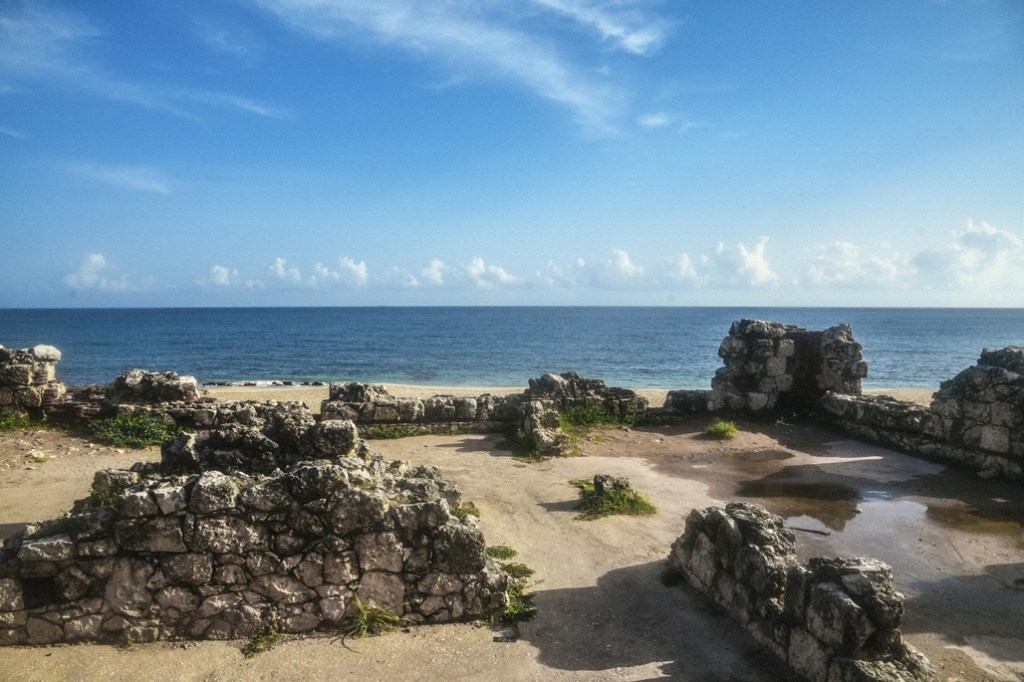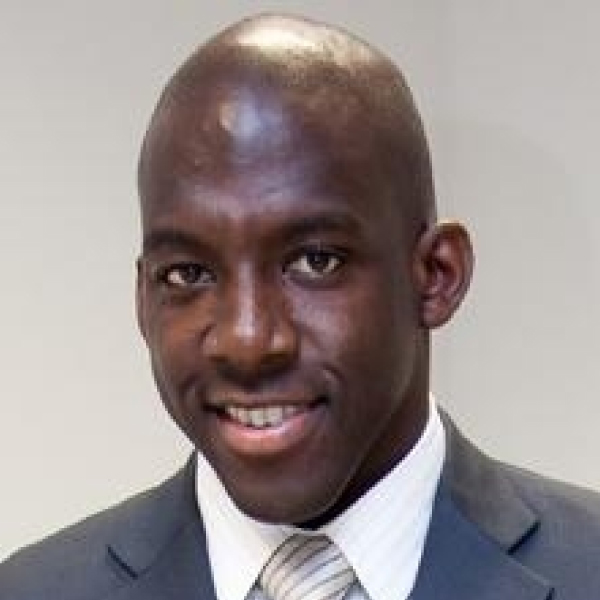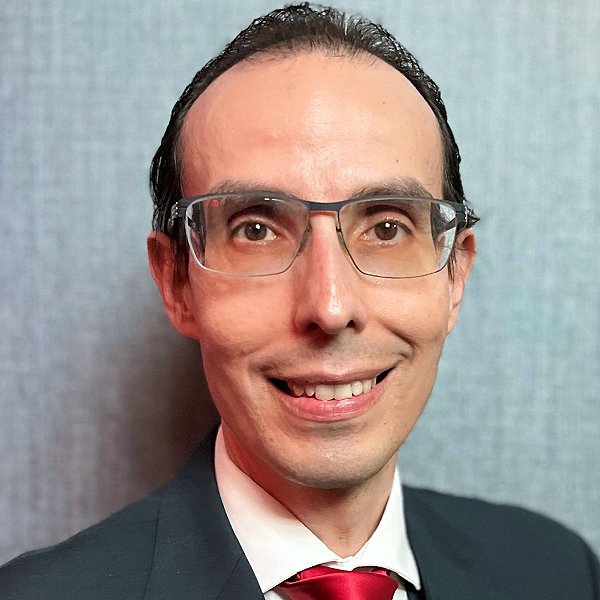
In July, New York Fed President John Williams traveled to western Puerto Rico to meet with community development and small business leaders, higher education officials, and aerospace industry representatives. The visit to west coast capped off a two-day trip to the island, part of a broader effort by the New York Fed to gain a deeper understanding of regional economic conditions in the Federal Reserve’s Second District. In the second part of this two-part series, we discuss what we learned on our visit.
Western Puerto Rico’s economy is driven by tourism, agriculture, higher education, manufacturing, and a growing aerospace industry. Executives in the aerospace industry believe the sector is likely to evolve into a strong driver of economic growth for the region.
To kick off the west coast visit, President Williams met with representatives from aerospace companies operating in the area and toured the airplane repair facilities of Lufthansa Tecnik at Rafael Hernandez Airport in Aguadilla. The airport is the former home of Ramey Airforce Base, a U.S. military installation.
One promising development is the alignment between the aerospace sector and the two west coast campuses of the University of Puerto Rico. The Aeronautical and Aerospace Institute of Puerto Rico, housed at the Aguadilla campus, and the College of Engineering, at the Mayagüez campus, work closely with the industry to maintain a skilled workforce pipeline.
This collaboration notwithstanding, aerospace sector representatives said that recruiting experienced, highly skilled technical workers is one of their main challenges. As they compete in the global market for talent, companies often pitch prospective employees on selling points such as flexible work schedules, the island’s natural beauty and relaxed lifestyle, and family friendly atmosphere. Companies are also trying to draw back to the island Puerto Ricans with requisite technical skills and experience, many of whom graduated from the College of Engineering at UPR — Mayagüez.
While labor shortages have put upward pressure on wages, aerospace companies say they are committed to growing the industry on the island. Other executives noted that Puerto Rico’s legal framework within the U.S. system is a clear business advantage, particularly for securing government and military contracts that have certain requirements for employees and additional security clearances.
Later in the day, President Williams delivered a speech on the economy at UPR — Mayagüez to an audience of students, faculty, administrators, and local stakeholders. He discussed inflation, the economic outlook, monetary policy, and the island’s economy. Focusing on the economy in Puerto Rico, President Williams noted that “similar to the mainland, employment in Puerto Rico has rebounded quickly and strongly.”
President Williams wrapped up the west coast visit with a lunch meeting with local business owners to hear about their experiences. Firms represented included a fast-casual dining establishment, a grocery store, an insurance agent, a business association, a business center, and a beverage manufacturer.
Business owners noted challenges such as high (and quickly rising) electricity costs, a cumbersome business permitting process, hiring difficulties, and rising labor costs. Stakeholders on the west coast also felt that their region is sometimes overlooked by the central government, which is located in San Juan. Meanwhile, all agreed the region’s universities were an asset, and that the growing interest in sustainability and eco-tourism make the west coast a compelling destination in a competitive region for tourism.

Tony Davis is the director of community outreach and health in the Communications and Outreach Group at the New York Fed. He focuses on issues related to health and economic development.

Javier Silva is a community development senior outreach associate in the Communications and Outreach Group at the New York Fed. He focuses on issues related to climate, health, small business, and Puerto Rico and the U.S. Virgin Islands.
This article was originally published by the New York Fed on Medium.
The views expressed in this article are those of the contributing authors and do not necessarily reflect the position of the New York Fed or the Federal Reserve System.










